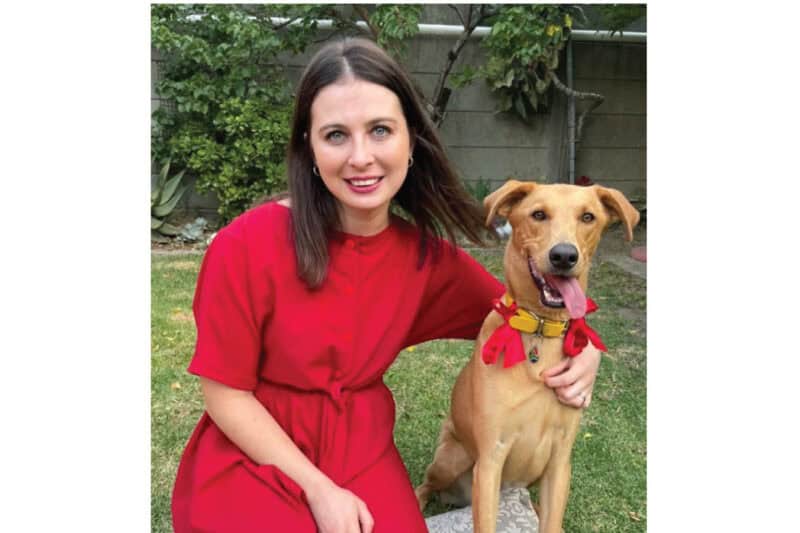This episode was recorded in Reno, Nevada for the 2025 Western Dairy Management Conference. The panel is reviewing a presentation given by Dr. Rick Grant, who was unable to be on the podcast.
Episode 146: Don’t Let Overcrowding Stress Wreck the Response to Your Ration
Timestamps:
The presentation was based on the idea that crowding is a subclinical presence. If you manage it with people and resources, a dairy can do very well. But if something happens in that crowded situation, like a disease or heat stress, it can tip performance over the edge. Evaluating time budgets for cows can allow for the identification of places to improve. Beds are vitally important. If a cow doesn’t have a bed due to crowding then she’s not lying down, chewing her cud, which is what allows her to be as efficient as possible. (3:19)
Jason thinks about time budgets as a tool for managing stress. Jim agrees and notes that crowding is part of every cow’s day, but we can manage to minimize that time in most instances. Jason and Jim talk about some of their approaches to evaluating crowding when they work with a dairy, and where pain points are often located. (5:57)
Jason liked Dr. Grant’s takeaway message that the cow doesn’t necessarily care she’s overcrowded as long as she has a bed she doesn’t have to fight for and room at the feed bunk she doesn’t have to fight for. He describes a very successful client who is overcrowded, but everything else is managed well. All other stressors have been removed, so the only stressor remaining is the overcrowding. But when additional stressors compound crowding, then dairies experience issues. He adds there is a huge opportunity for error when feeding to slick bunks in an overcrowding situation. (16:15)
Jim talks about different measures of efficiency. Is it milk per cow, milk per free stall, milk per parlor stall, or milk per pen? He thinks the real answer is “it depends,” and the answer might be different for each dairy. Jason notes that the bank wants to see assets on a balance sheet, and the cows are the assets. (19:24)
The group discusses geographical differences in overcrowding. Jim’s observations show crowding increases as one moves east in the US. Tom agrees and notes 20-30% of the available stalls are in his part of the world. Overcrowded cows eat faster, and this impacts rumen efficiency, probably leading to lower de novo fatty acid synthesis and overall lower components. The panel talks about whether or not there is such a thing as an “overcrowding ration.”(20:59)
The panel relays some real-world examples of crowding where dairies would cull cows to decrease milk production, but production would remain the same because the cows were now less crowded. They talk more about other management strategies that need to be on point if a dairy is going to overcrowd. (27:50)
The panel wraps up with their take-home thoughts for dairy producers and nutritionists. Jim and Jason share their contact information with the audience. (38:20)
Scott invites the audience to Bourbon and Brainiacs at ADSA in Louisville – a bourbon tasting with all your favorite professors! Sign up here: https://balchem.com/anh/bourbon/ (45:02)
The paper referenced in this conversation from Dr. Bach can be found here: https://www.sciencedirect.com/science…
Please subscribe and share with your industry friends to invite more people to join us at the Real Science Exchange virtual pub table.
If you want one of our Real Science Exchange t-shirts, screenshot your rating, review, or subscription. Email a picture to anh.marketing@balchem.com. Include your size and mailing address, and we’ll mail you a shirt.



